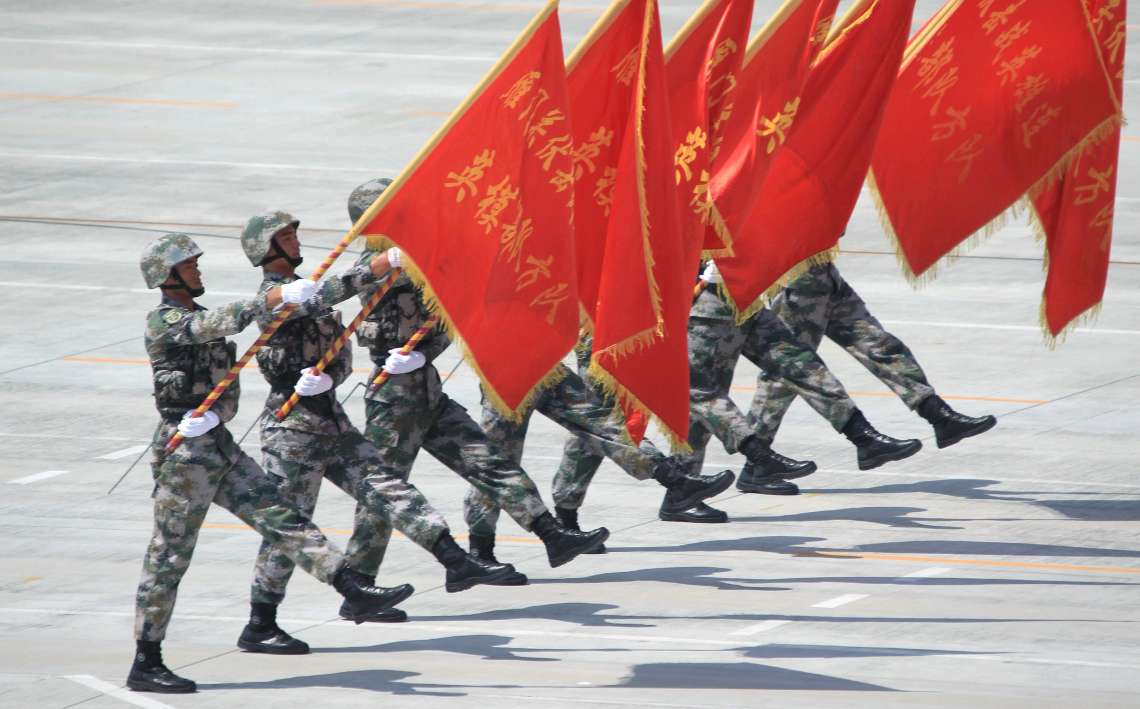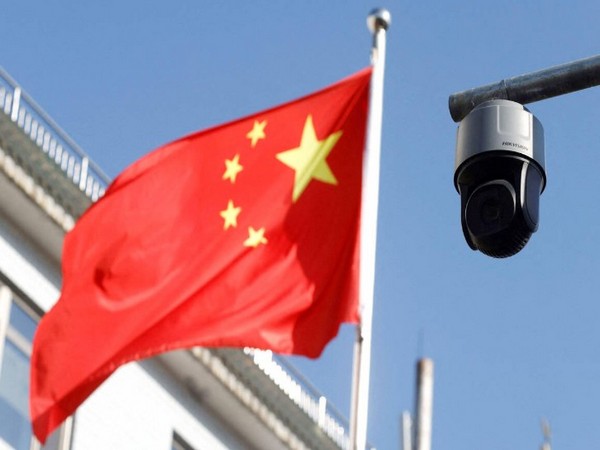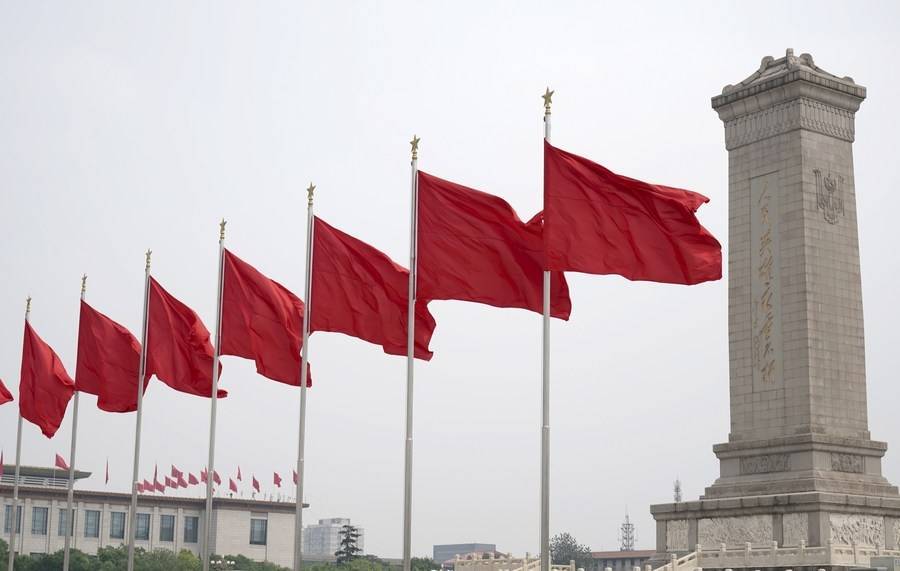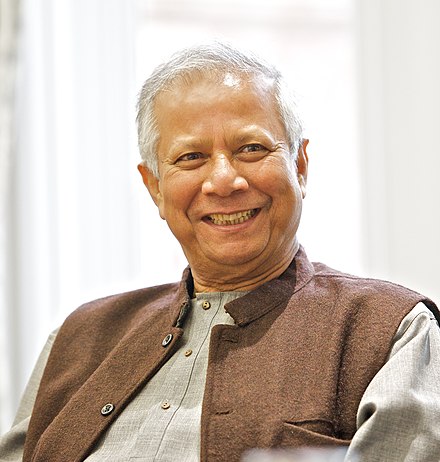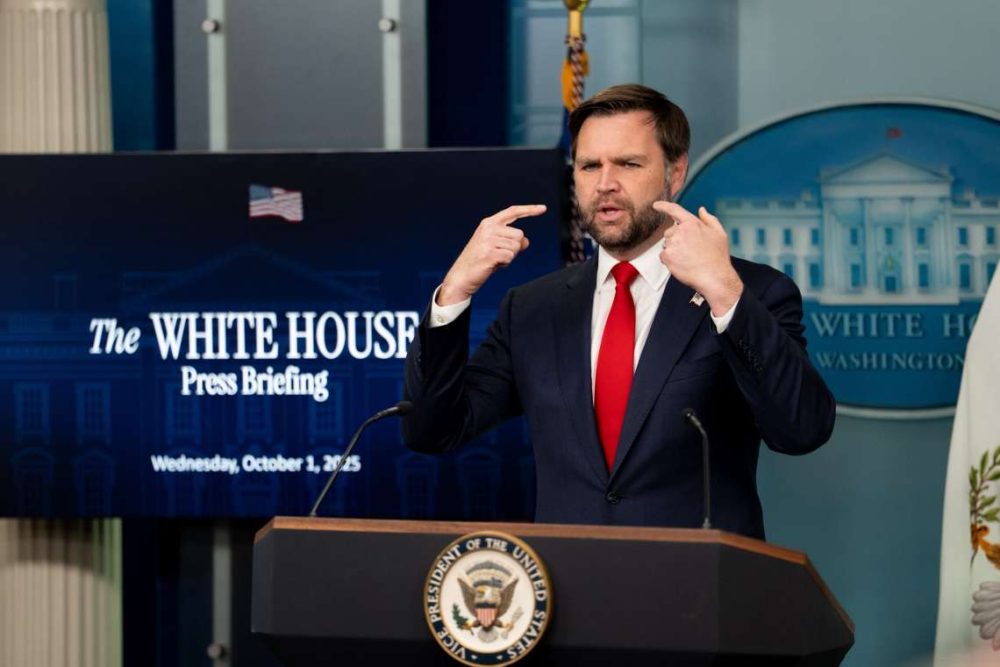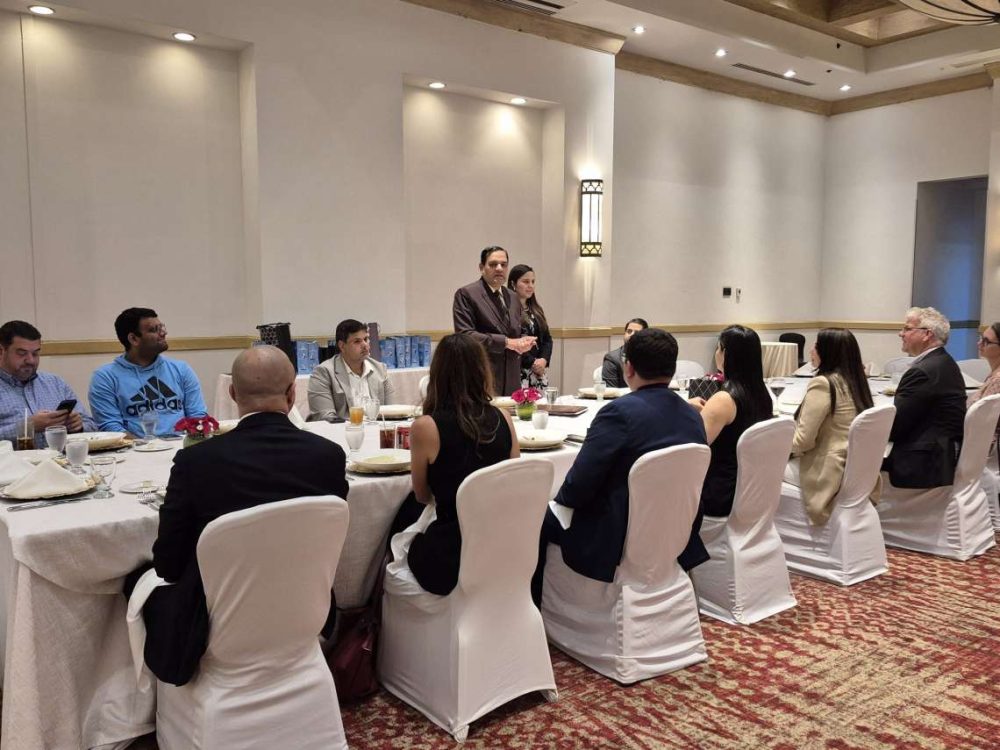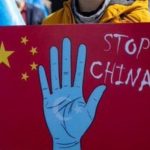Four days earlier, Taiwan’s Defense Minister Chiu Kuo-cheng warned that China would be fully capable of invading the island by 2025. In fact, this was Taipei’s clearest message yet to the public that the country faces the distinct threat of war….reports Asian Lite News
Barely a day goes by without China making international headlines. Often center-stage is China’s strategic ambitions and the modernization of its military. Indeed, Taiwan is increasingly standing out as a main flashpoint for potential conflict between China and other countries.
Taiwanese President Tsai Ing-wen said on her 10 October speech marking National Day: “Taiwan today is no longer seen as the orphan of Asia, but as an island of resilience that can face challenges with courage. But the more we achieve, the greater the pressure we face from China. So I want to remind all my fellow citizens that we do not have the privilege of letting down our guard. At this moment, the global political landscape is undergoing drastic change. Free and democratic countries around the world have been alerted to the expansion of authoritarianism, with Taiwan standing on democracy’s first line of defense.”
Tsai continued: “We hope for an easing of cross-strait relations and will not act rashly, but there should be absolutely no illusions that the Taiwanese people will bow to pressure. We will continue to bolster our national defense and demonstrate our determination to defend ourselves in order to ensure that nobody can force Taiwan to take the path China has laid out for us. This is because the path that China has laid out offers neither a free and democratic way of life for Taiwan, nor sovereignty for our 23 million people.”
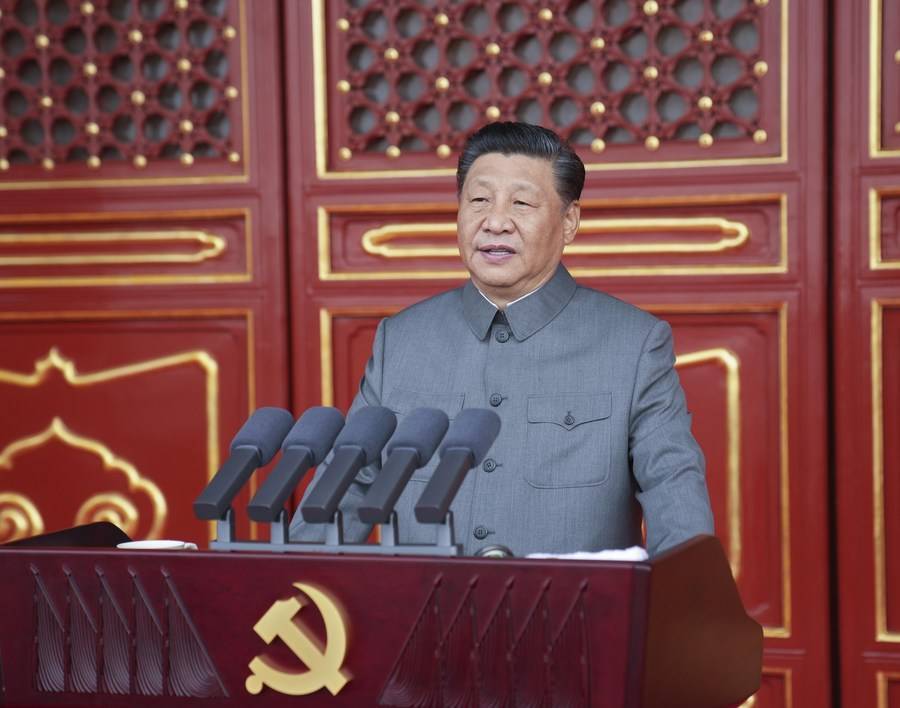
Four days earlier, Taiwan’s Defense Minister Chiu Kuo-cheng warned that China would be fully capable of invading the island by 2025. In fact, this was Taipei’s clearest message yet to the public that the country faces the distinct threat of war.
This period where China’s military and strategic power grows to the point that the possibility of war becomes possible, and with the USA and allies unprepared to properly deter, is described as “the decade of greatest danger” by Andrew Erickson, a Professor of Strategy at the US Naval War College’s China Maritime Studies Institute.
Erickson told ANI: “The ‘decade of greatest danger’ is already upon us; the US and its allies and partners must weather the ‘window of vulnerability’. Conflict may be avoidable, but not friction and crises. The climax is likely to erupt before 2030 – at the apogee of Xi, the Chinese Communist Party [CCP] and People’s Republic of China’s [PRC] relative power – in the form of the maximum threat of a kinetic conflict over Taiwan. The People’s Liberation Army’s [PLA] meteoric rise in capabilities to coerce Taiwan – both absolute and relative to its Taiwanese and American counterparts -represents an extreme microcosm of the decade of danger.”
Erickson elaborated, “Here US and allied success, or failure, will be fundamental and reverberate for the remainder of the century. Given the ambitious goals of Xi, the CCP he leads, and the PRC they control, their default impulse will be to make a major move against Taiwan by the late 2020s – following an extraordinary ramp-up in PLA capabilities, and before the power and grasp of Xi or the party-state has ebbed or Washington and its allies have fully regrouped and rallied to the challenge.” This “decade of greatest danger” is thus very real and very serious for the whole world, if China seeks to fulfil its military ambitions.

Erickson warned: “Only the most formidable, agile American and allied deterrence can kick the can down the road long enough for a PRC slowdown to close the window of vulnerability. Truly dramatic revelations of world-class PLA progress and selective superiority over the next few years will shock and awe citizens and influencers in Taiwan, America’s allies and America itself. Recent public revelations about a paradigm-shifting build-up of nuclear weapons and associated hardening and delivery systems – in extreme contrast to prior PRC history, doctrine and messaging – are but one manifestation of this sudden, sweeping and startling build-up.”
The onus is thus on the USA and its allies to dissuade Xi from attempting a military intervention against democratic Taiwan. One such step was creation of the trilateral AUKUS alliance between Australia, the UK and USA, which China labels the “Anglo-Saxon clique”. One key outcome of the AUKUS alliance will be Australia’s pursuit of nuclear-powered submarines, for all three countries are concerned about the growing might of the PLA Navy (PLAN).
ANI asked Erickson to assess the PLAN’s capability. “Over the past two decades, the PLA has achieved a rapid hardware build-out in quantity and increasing quality; together with sweeping reforms to address ongoing weaknesses in organization, coordination, sophistication and training. China has already arrived as a great power. It has the world’s second largest economy and defense budget, and the world’s largest standing ground force.”
Referring specifically to Chinese maritime power, the American professor added: “Its three sea forces are each the world’s largest by number of ships. It has the Indo-Pacific’s largest air force, the world’s largest sub-strategic missile forces, and arguably the world’s largest and most sophisticated surface-to-air missile forces. In some measures of shipbuilding, land-based ballistic/cruise missiles and integrated air defense systems, it has even surpassed the United States in overall capacity.”
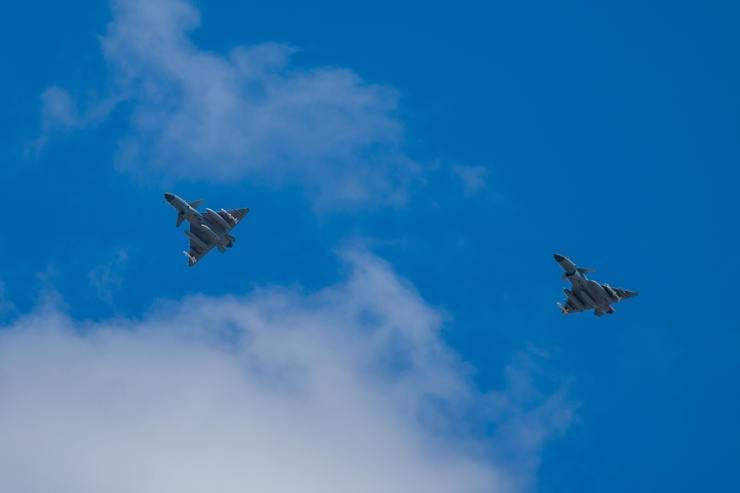
Already, Chinese naval shipbuilding eclipses that of the USA. Indeed, “PRC sources display confidence that PRC naval shipbuilding has advantages over its American counterpart.” There are limits to China’s naval growth, though. Erickson pointed out, “Nearby, near-term progress doesn’t transfer well across space or time. Indeed, China may have already reached its peak growth rate and mobilization ability. Looking forward, PRC naval shipbuilding is slowing down and faces mounting maintenance and overhaul requirements.”
But it is not just naval activity where China is active. Regular flurries of PLA Air Force (PLAAF) flights into Taiwan’s air defense identification zone are designed to harry and be provocative. For example, in the few days leading up to Taiwan’s National Day, the PLAAF flew dozens upon dozens of sorties. Even though such bullying is turning Taiwanese public opinion against China, and more nations are becoming sympathetic to Taipei’s plight, China is determined to show its military muscle.
China is not just using military coercion to push the USA out of the way either, as it seeks to leverage its advantage in the “decade of greatest danger”. China has been making hay from the USA’s disastrous handling of its military withdrawal from Afghanistan, and an implacable Chairman Xi Jinping referenced it in his United Nations General Assembly speech on 21 September.
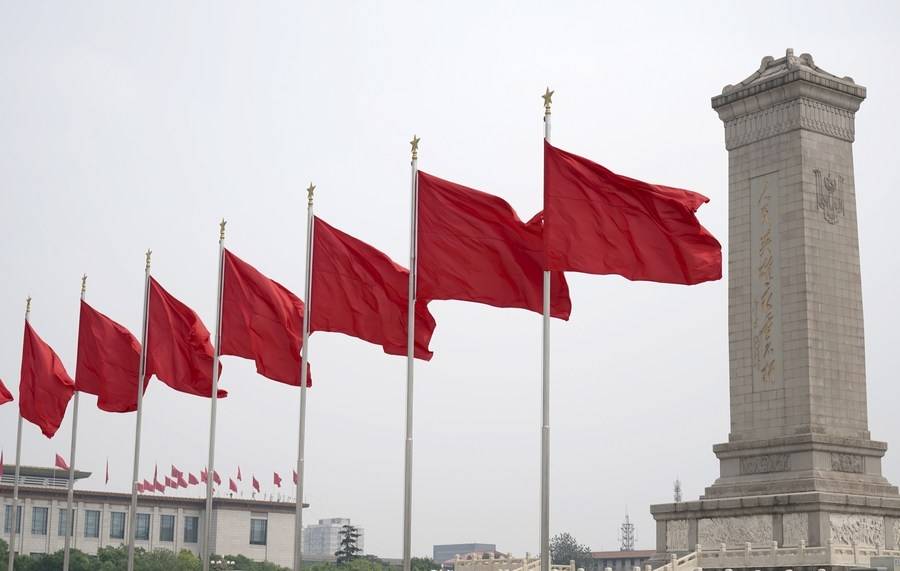
Xi made no concessions to easing tensions with Washington DC, but instead spoke of helping less-developed nations as it seeks to supplant the USA as dominant player and usher in a different interpretation of globalization. Xi pledged USD3 billion for COVID-19 aid and economic recovery in developing countries, and it would be pleased for smaller countries to pick a side. It is obvious that economic servitude is part of China’s strategy too, especially in relation to the Belt and Road Initiative (BRI). Statistics released by AidData after studying 13,427 Chinese development projects, revealed a major increase in “hidden debt” in BRI projects.
It is hidden because nearly 70% of China’s overseas lending is to state-owned companies and banks, to special-purpose vehicles, joint ventures and private sector institutions. Mostly these debts do not appear on government balance sheets, even though they enjoy government liability protection. In so doing, the line between private and public debt is blurred, and it is detrimental to global debt transparency.
Furthermore, China is outspending the USA by a ratio of more than 2:1 in financing for poorer nations. The latter have few alternatives, and they are mounting up large debts to China. AidData claimed “that Beijing has used debt rather than aid to establish a dominant position in the international development finance market”.
Nor does China seem interested in improving bilateral relations with the USA. It spelled out uncompromising demands in its Three Bottom Lines, its List of US Wrongdoings that Must Stop and its List of Key Individual Cases that China Has Concerns With. By stipulating that Washington DC and President Joe Biden must collectively address China’s “grievances”, Xi is preventing any progress on individual points of friction.
China’s list of rectifications includes the USA muzzling protests about Chinese abuses in Xinjiang and Hong Kong, permitting China to act against any move towards Taiwan independence, and revoking sanctions on Chinese companies accused of breaking laws.
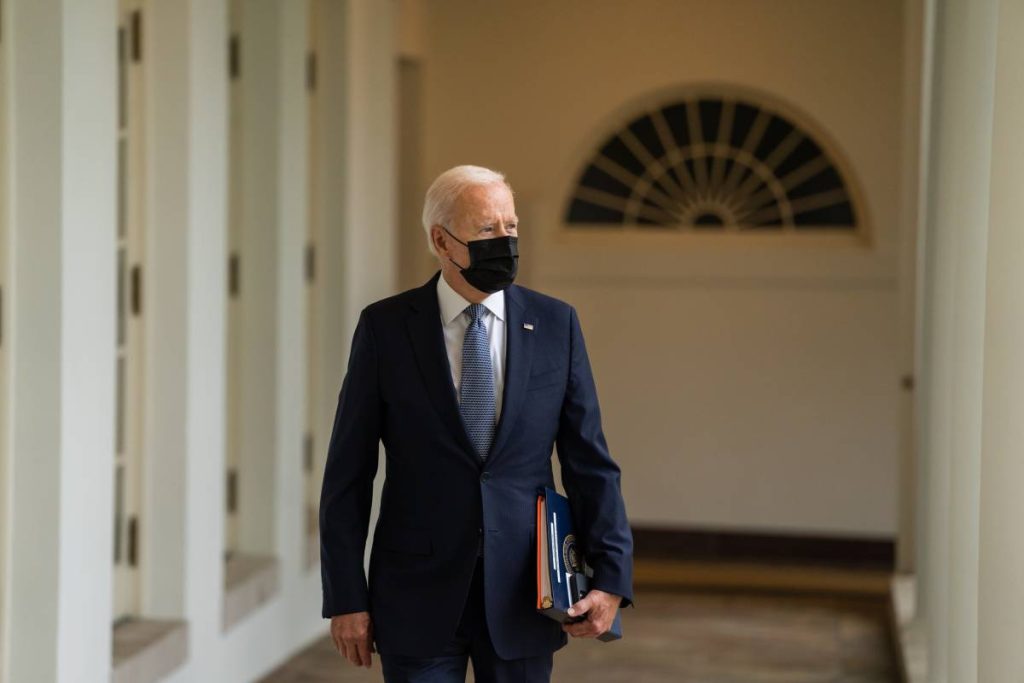
Obviously, the USA cannot morally or politically cave into such Chinese demands. By waving its demands around publicly, Chinese has abandoned decades-old methods of closed-door diplomacy, and now it is acting brazenly, expecting even the world’s greatest superpower to kowtow.
This is nothing other than Xi Jinping Thought on Diplomacy in action, where Xi demands “a distinctive Chinese style of diplomacy”. Beijing does not merely disagree with others now, but it publicly makes demands on them. It is enjoying success too. For example, the return of Huawei’s Meng Wanzhou from Canada, followed by the release of the two Canadians Michael Spavor and Michael Kovrig, demonstrated how China got away with hostage diplomacy.
The China Neican analysis newsletter commented, “Exchange deals like this raise ‘moral hazard’ questions. China will see this deal as successful use of ‘hostage diplomacy’, so it may be encouraged to use the same tactic in the future when its valued citizens are detained by another country. This means all foreign citizens in China could be at an increased risk when bilateral relations deteriorate.”
Chinese media spun Meng’s return as the release of someone imprisoned politically, a victim of Western attempts to punish Huawei and contain China. Chinese media barely covered the story of the two Canadian hostages.
Neican added, “This messaging promotes patriotism among the population – that the country is now powerful enough to stand up to other countries, and therefore Chinese citizens can rely on the government to look after their interests overseas.” However, the average Chinese knows that Meng is certainly not average but is rather a princess entitled to special treatment.
The US State Department will now use the term “strategic competition” to describe relations with China, rather than the “great power competition” previously favored by Trump.
Meng may have been released, but FBI Director Christopher A. Wray recently told a hearing that the Chinese government poses the single greatest threat to US “innovation, economic security and democratic ideas”. Wray relayed that FBI investigations into Chinese economic espionage have jumped 1,300% in the past decade, with more than 2,000 probes currently underway.
For all its efforts at global influence, things are not all well in China domestically, however. The country is enduring serious power blackouts, even though winter has not yet hit. Reasons are a coal shortage and attempts to meet targets for energy intensity and consumption. Of course, China’s ban on Australian coal imports is partly to blame.
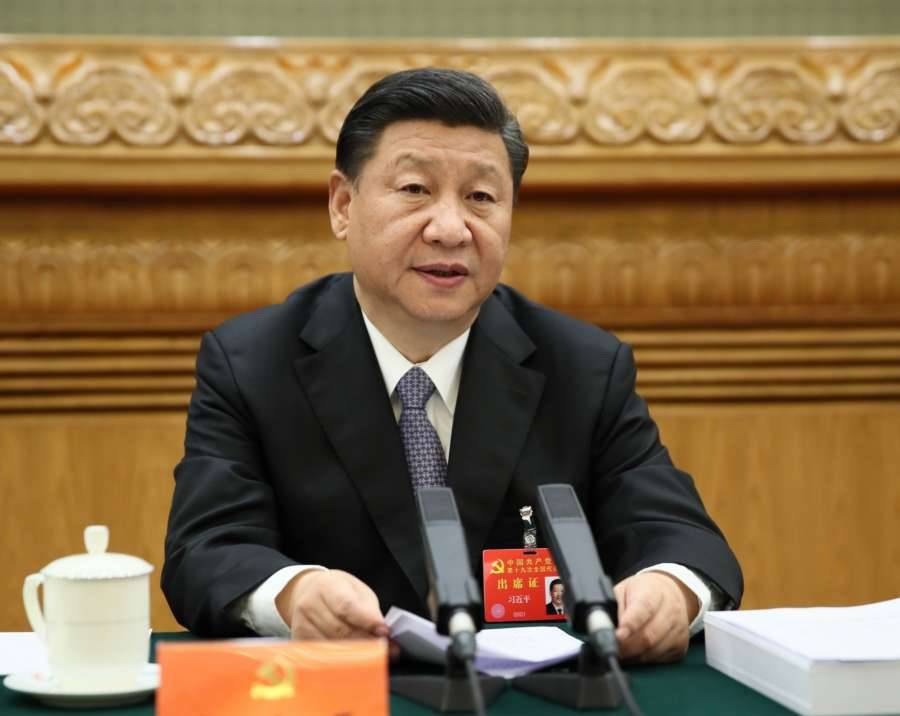
Instead of raising electricity prices and risk disenfranchising the populace, China is rationing electricity in many provinces. However, this is already having a knock-on effect on productivity, as factories across the country are forced to shut some days.
As another example of internal struggles, the giant property developer Evergrande Real Estate is facing collapse as it tries to service interest payments on more than USD300 billion of debt. Investors are spooked, and stock prices are down 85% this year alone. If it does go bankrupt, middle-class investors face complete loss. It is not confirmed that Beijing will save Evergrande, even though some speculate Evergrande going bust could spark a bursting of China’s property bubble.
Xi is eyeing the five-yearly National Party Congress next year. There is little doubt that Xi will retain his place at the top of the pile for a third five-year period, but he is facing trials at home and collective resistance abroad.
Professor Erickson again reminded of the need for a concerted defense against Xi’s callous pursuit of Chinese dominance in this decade of danger: “Only well-prepared and well-explained US government answers will stem a riptide of stunned defeatism and prevent Xi from ‘winning without fighting’. ‘Holding the line’ is likely to require frequent and sustained proactive enforcement actions to disincentivize full-frontal PRC assaults on the rules-based order in Asia-Pacific. PRC probing behavior and provocations must be met with a range of symmetric and asymmetric responses that impose real costs.” (ANI)



